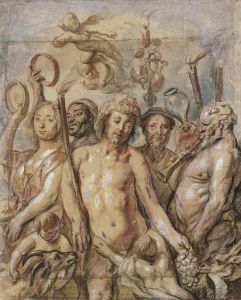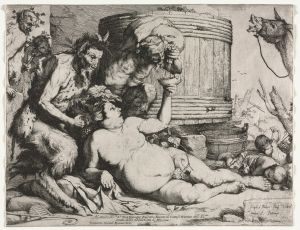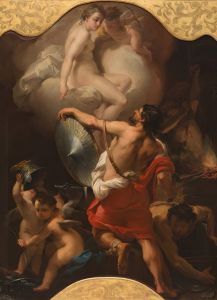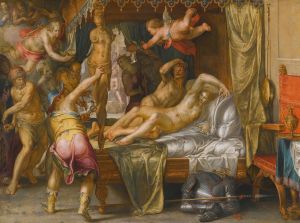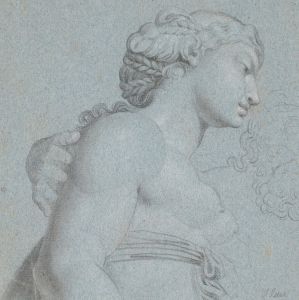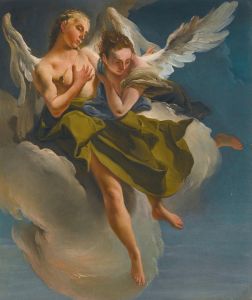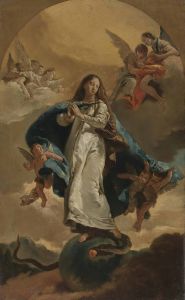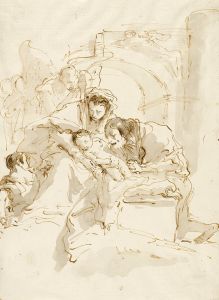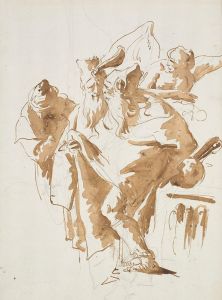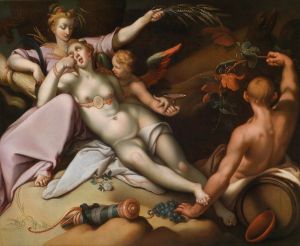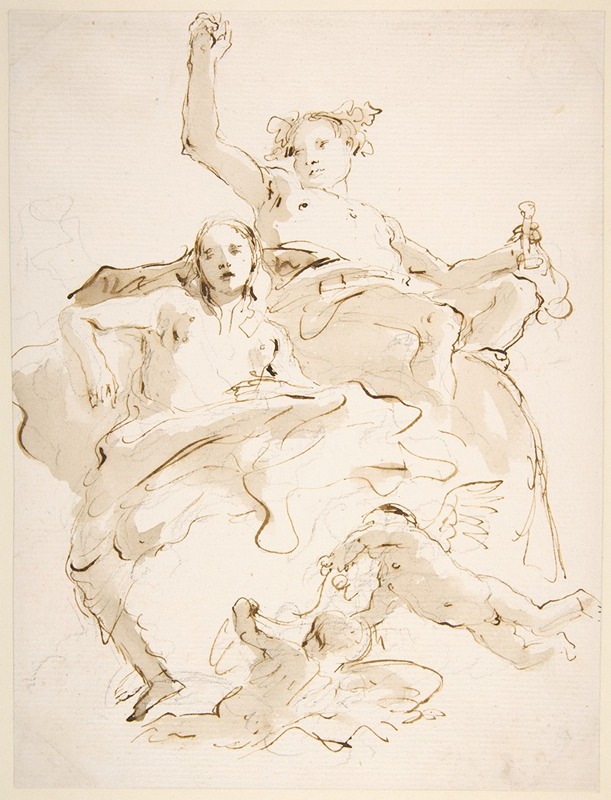
Bacchus and Ariadne
A hand-painted replica of Giovanni Battista Tiepolo’s masterpiece Bacchus and Ariadne, meticulously crafted by professional artists to capture the true essence of the original. Each piece is created with museum-quality canvas and rare mineral pigments, carefully painted by experienced artists with delicate brushstrokes and rich, layered colors to perfectly recreate the texture of the original artwork. Unlike machine-printed reproductions, this hand-painted version brings the painting to life, infused with the artist’s emotions and skill in every stroke. Whether for personal collection or home decoration, it instantly elevates the artistic atmosphere of any space.
"Bacchus and Ariadne" is a painting by the renowned Italian artist Giovanni Battista Tiepolo, a master of the Venetian school known for his grand historical and mythological compositions. Tiepolo, who lived from 1696 to 1770, was celebrated for his ability to convey drama and emotion through his dynamic use of color and light, as well as his skillful composition.
This particular painting, "Bacchus and Ariadne," depicts a scene from classical mythology. The story of Bacchus and Ariadne is a popular subject in Western art and literature, originating from ancient Greek mythology. Ariadne, the daughter of King Minos of Crete, is abandoned by her lover Theseus on the island of Naxos. She is discovered by Bacchus, the god of wine, who falls in love with her and ultimately makes her his immortal wife.
Tiepolo's interpretation of this mythological tale captures the moment of Bacchus's arrival and his encounter with Ariadne. The painting is characterized by Tiepolo's signature style, which includes a vibrant palette, fluid brushwork, and a sense of movement that brings the mythological narrative to life. The figures of Bacchus and Ariadne are typically depicted with a sense of grace and elegance, embodying the idealized forms of classical beauty.
In Tiepolo's work, Bacchus is often shown as a youthful and energetic figure, embodying the spirit of revelry and celebration associated with the god of wine. Ariadne, on the other hand, is portrayed with a sense of vulnerability and beauty, capturing the viewer's empathy for her plight and eventual joy at being united with Bacchus. The background of the painting may include elements of the natural landscape of Naxos, adding to the idyllic and romantic atmosphere of the scene.
Tiepolo's "Bacchus and Ariadne" is a testament to his ability to blend the dramatic and the decorative, creating a composition that is both visually stunning and emotionally engaging. His work reflects the influence of earlier Venetian masters, such as Veronese and Tintoretto, while also showcasing his unique ability to infuse traditional subjects with a sense of vitality and innovation.
The painting is part of Tiepolo's broader oeuvre, which includes numerous frescoes and canvases that adorn churches, palaces, and public buildings across Europe. His work was highly sought after by patrons during his lifetime, and he enjoyed a successful career that took him from his native Venice to commissions in Germany and Spain.
"Bacchus and Ariadne" exemplifies Tiepolo's mastery of the Rococo style, characterized by its lightness, elegance, and exuberant use of color. The painting remains an important example of 18th-century Venetian art and continues to be admired for its artistic and historical significance.
As with many of Tiepolo's works, "Bacchus and Ariadne" reflects the cultural and artistic trends of its time, offering insight into the tastes and interests of the period. The painting's enduring appeal lies in its ability to convey timeless themes of love, transformation, and the divine, rendered with Tiepolo's unparalleled skill and imagination.





